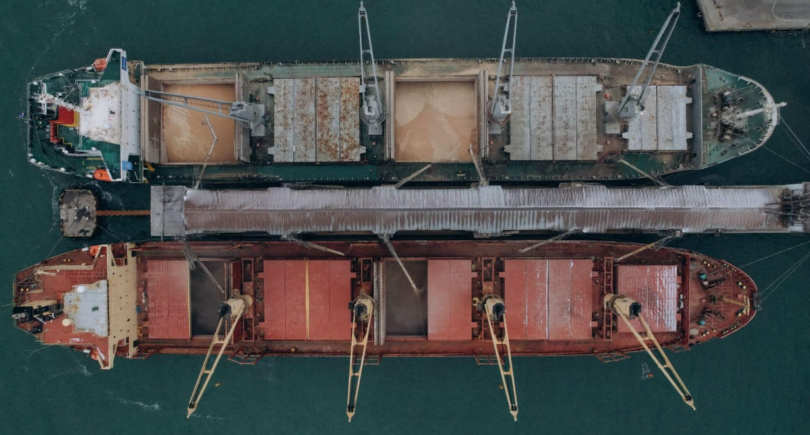
News Infrastructure Ukraine 1210 27 March 2023
The EC has made changes to the TEN-T indicative maps, including Ukrainian railway tracks
Ukraine, by 2030, through the integration into the Trans-European Transport Network (TEN-T), plans to implement railway development projects worth €4.5 billion. This was reported by the Director of the Reform Support Team of the Ministry of Reconstruction Iryna Koshel-Repnevska in an interview with Interfax-Ukraine.
The inclusion of railway tracks of Ukraine in the European TEN-T network enables access to EU aid instruments.
“Ukraine has been in the TEN-T network not so long ago – since 2017. And as part of this work, there is the so-called investment indicative plan of the European Commission for the development of TEN-T corridors, which provides for investments and development of the relevant directions. In Ukraine, it is planned to implement development projects within the framework of the TEN-T network until 2030 in the amount of €4.5 billion,” noted Koshel-Repnevska.
The inclusion of Ukrainian railway corridors in the TEN-T and access to financing are investment opportunities, in particular, for European countries, and for Ukraine – also a corresponding status.
The European Commission made changes to the TEN-T indicative maps, including Ukrainian railway tracks. In particular, the North-Baltic Corridor was extended through Lviv and Kyiv to Mariupol; Baltic-Black Sea Corridor – through Lviv, Chernivtsi (Romania and Moldova) to Odesa; the corridors Baltic Sea – Adriatic Sea and Rhine – Danube will pass through Lviv.
Last year, the European Commission excluded Russian and Belarusian routes from the TEN-T network, and lowered the status of routes on the territory of the EU at the junctions with these countries.
The TEN-T policy is aimed at the implementation and development of a pan-European network of railway lines, roads, inland waterways, sea shipping routes, ports, airports and railway terminals. The main network should be completed by 2030, a comprehensive network covering all European regions by 2050.
As GMK Center reported earlier, Lithuania and Ukraine are considering the possibility of developing new transport corridors between the port of Klaipėda and Ukrainian seaports, in particular Odesa, as well as improving railway connections between the countries and increasing the volume of cargo transportation.
Also, EBRD plans to provide credit support in the amount of €200 million to Ukrzaliznytsia (UZ). The loan will allow UZ to increase its cross-border capacity with the EU, eliminating bottlenecks at border crossings.




